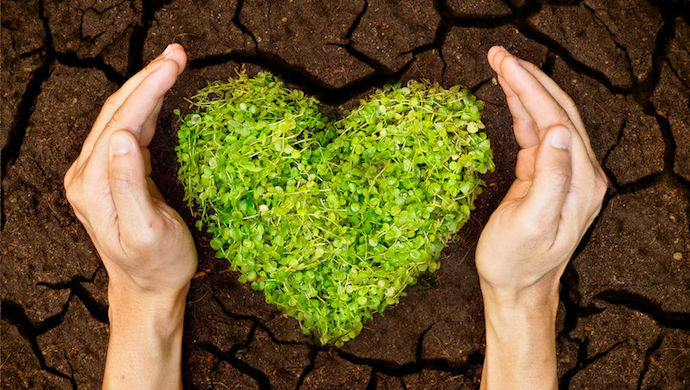Better brand recognition, a positive business reputation, a boost in sales, and increased customer loyalty are some of the benefits

There are many benefits of developing a socially responsible brand image. Through considered CSR (Corporate Social Responsibility) and by developing a strategy, brands can connect with customers on a whole new level. Some the advantages of this include better brand recognition, a positive business reputation, a boost in sales and increased loyalty from customers.
In addition to creating a connection with the consumer, a better brand reputation also provides opportunity to attract and retain talent. Enhancing organisational growth and development. So there really are many benefits to strategizing your CSR.
Here are some ways that brands can alter their image through socially responsible campaigns, with a few examples of successful projects from well known companies.
1. Conservation Projects
Conservation projects such as this from Yoox help to increase awareness about key environmental issues, whilst encouraging consumers to take action. And the collaborative aspect between Yoox, We Are Handsome and the Great Barrier Reef Foundation takes a three-pronged approach to outreach. Combining audiences for better brand awareness in more than one market and raising money for a good cause.

(Campaign: Yoox Loves the Reef)
The Yoox x We Are Handsome Swimwear line not only donates part of the proceeds to the Reef conservation charity, but the campaign as a whole encourages people to donate directly and shines the light of current issues such as global warming.
For eco-conscious shoppers, the #YooxLovestheReef campaign puts brands such as Yoox and We Are Handsome in the spotlight as leaders in Corporate Social Responsibility.
2. Environmental Petitions
Brands that show passion for protecting the environment are able to build loyalty in the most effective ways. Backing a petition or supporting a certain cause / movement can sometimes be risky, but if executed well, it can make a difference not only for the brand and investors, but for the world.
Also read: The alarming environmental impact of Bitcoin mining
This LEGO video for Greenpeace is one of the most successful high-profile campaigns of its kind. And it is the most viewed video ever to be posted by Greenpeace, making campaign history for the non-governmental environmental organization. It is also one of the most controversial for the Lego brand, as it directly went up against its business partner Shell.
The video encourages viewers to sign a petition against oil drilling expansion in the Arctic. Shortly after the video was released, the 50 year long Lego and Shell partnership ended. But this campaign just goes to show that sticking with what you believe in is more important than keeping lucrative relationships.
3. Promote Recycling
The Three Rs of Recycling (Reduce, Reuse, Recycle) is something that many brands are drawing inspiration from these days. Particularly in high street and fast fashion, where textile waste is becoming a major problem for our landfills. According to WRAP (Waste & Resources Action Programme), clothing has the fourth biggest impact on the environment after food, transport and housing.
Brands such as Zara, H&M and Topshop have all contributed in various ways to try and reverse the fast fashion way of thinking. Topshop with its Reclaim to Wear collab, Zara with its clothing recycling collection service ONE LIFE, and H&M with its continuous dedication to fabric recycling.
Not only do videos like the above help to promote the importance of fashion recycling, but it also connects with the audience on a non-superficial level and builds loyalty and partnership through a shared concern for the planet.
—-
Editor’s note: e27 publishes relevant guest contributions from the community. Share your honest opinions and expert knowledge by submitting your content here.
Featured Image Copyright: nordroden / 123RF Stock Photo
The post 3 ways to to develop a socially responsible image for your brand appeared first on e27.